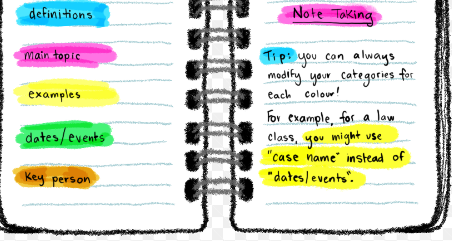
Only the ones who are like Da Vinci and focus on creative thinking skills as well as highly people. Let me elaborate.
There are three classes of people: those who see, those who see when shown, and those that do not see.
– Leonardo Da Vinci
No doubt. I am a big fan of great thinkers. My top thinker of all time? It has to be Da Vinci. Why do you ask? For his abilities in learning and creativity, without a doubt. A mathematician. A scientist. An engineer. An anatomist. A creative and learner. Always learning and creating.
Do you see? Maybe the lessons from Da Vinci will help. So what would be the lessons in learning and creativity derived from Da Vinci? Here are the ones I continually come back to:
Sketching and note-taking
Over his lifetime Da Vinci created 13,000 pages of sketches and notes. 13,000 pages. By hand, on individual sheets of paper. A sketch in the center, simple and done quickly, the label on top, annotations along the sides, arrows pointing to key content. Sometimes a short summary at the bottom.

